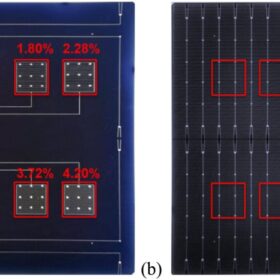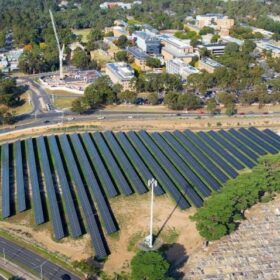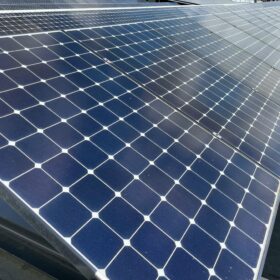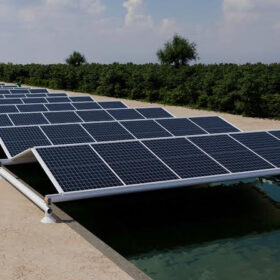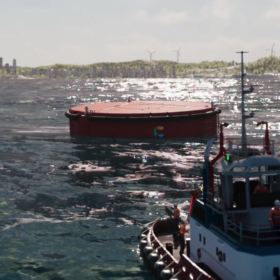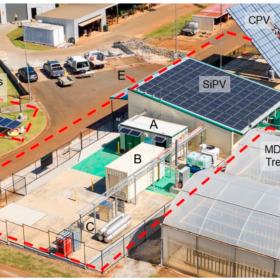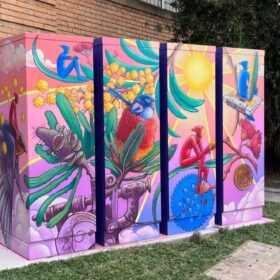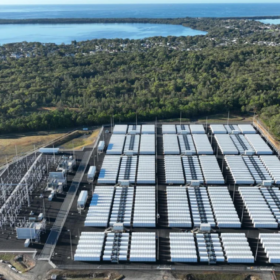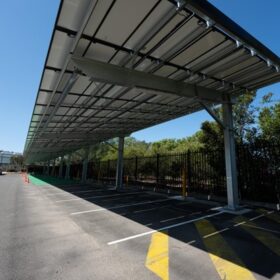Incat launches world’s largest electric ship
Tasmanian shipbuilder Incat has marked a significant milestone in global shipbuilding with the launch of the world’s largest 100% electric ship.
Jolywood’s laser-assisted firing process increases TOPCon solar cell efficiency by 0.6%, says UNSW research
New research from the University of New South Wales have found that the Special Injected Metallisation (JSIM) technique developed by Chinese manufacturer Jolywood can considerably increase TOPCon solar cell efficiency. The scientists described precisely how laser-assisted firing enhances cell performance, reportedly filling critical gaps in industrial TOPCon cell optimisation.
Victorian urban solar farm to supply 98% of university’s energy demand
Victoria’s largest urban solar farm has been officially switched on at La Trobe University’s Melbourne campus, marking a major milestone in the university’s ambition to achieve carbon neutrality by 2029.
University researchers develop passive solar module cooling method
Researchers in Iran developed a passive solar module cooling method using silicon carbide porous ceramic. When combined with phase change materials, the technique reportedly boosts panel performance by up to 7.4%.
Green Energy Systems Solar Waves to be included in California solar canal pilot
Sydney-based Green Energy Systems and its innovative Solar Waves system are to be included for trial as part of Project Nexus, California’s first solar canal pilot project, currently underway in California’s Central Valley.
Carnegie lands $2.1 million to progress wave power generation project in Spain
Wave energy developer Carnegie Clean Energy reports its subsidiary has received $2 million (USD 1.2 million) from the Spanish government to progress the development of its wave power technology, called CETO.
The rising energy demand from data centres: a global perspective
In recent years, the world has experienced a significant surge in the number of data centres, resulting in a rise in energy demand, posing both challenges and opportunities for the global energy sector.
Building-integrated photovoltaic install on Sydney icon, a first for ClearVue
Building-integrated photovoltaic solutions company ClearVue will deliver solar feature glass between the 44th and 50th floors of an iconic Sydney central business district building, marking the company’s first high rise project.
Queensland pilot plant turns seawater to hydrogen using solar energy
A Queensland university has released findings from its first stage hydrogen production pilot plant that uses solar energy, battery storage and a microgrid to produce hydrogen from non-drinkable water, such as seawater.
Three new Victorian community batteries to operate in virtual power plant
Energy from three new community batteries to be built by Melbourne-based Yarra Energy Foundation will be managed by Victorian electricity company Diamond Energy’s virtual power plant.

